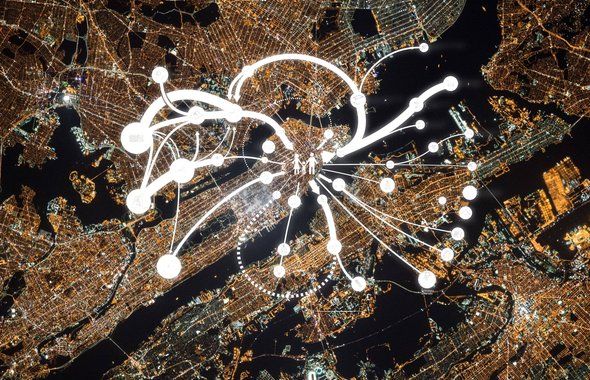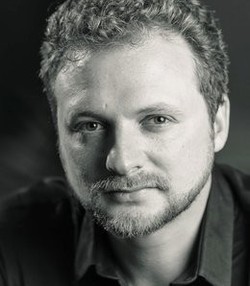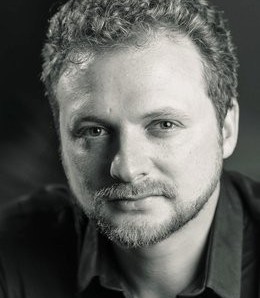This article was published in the UN Magazine Forum, as a response to the question on how to approach the UN's 11th sustainability goal concerning cities. It was published in February of 2017 in the Forum magazine.
Ever since I was little I have been fascinated by cities. One of my first memories is of visiting Paris. Surprisingly, it wasn’t the Eiffel tower or the Louvre that stuck with me, it was the immensity of cars, buildings, people and stuff flowing past each other. It filled me with awe then, and still does now. Cities teach us so much about the human condition – just by looking. Easily discernible from space, cities are humanity’s largest impact on our planet. They account for more than three quarters of energy consumption and CO2 emissions worldwide. They harbor the majority of human life. By 2050, over six billion people will dwell in cites and they will need safe places to live, clean drinking water, healthy jobs, education, transportation, and more.
Each year, in dozens of cities, I enjoy studying the full urban 24-hour cycle – learning by observing urban patterns and resource flows. From the poetic movements of the nightcrawlers in the early hours of the morning, to the school and office cycle where brains are running full speed, cities are the stage on which the majority of our lives take place. It is fortunate these cycles are always changing, because cities are also the stage of a misery we have brought upon ourselves: poverty, inequality, pollution, resource waste, and ecological destruction.
The UN 11th Sustainable Development Goal: cities
The primary challenge is not building new cities. From research we know that the cities we inhabit in the future mostly consist of what we already built. Therefore, the challenge we face is to convert existing cities, guiding their transformation and expansion on the basis of principles of sustainability, resilience, and social justice. There is still time to wonder how we can make this happen. The UN goals for sustainability attempt to address all these factors. In this context, I was asked to address the UN’s 11th sustainable development goal, which addresses cities specifically. However, because of the way our society is structured, most of the UN goals are dependent on how we treat the development of cities. Improved city development enables goals such as eradicating poverty, healthy living, water, and sanitation. These aspects must improve simultaneously, as they're interrelated. How do we make sustainable places of the cities we already have?
Beyond technology
Since 1999, I have worked on innovative approaches to converting cities. The major challenge is not technological; it is first and foremost rethinking strategies and processes. Our management structures, governance, and even thought patterns are typically ill-prepared for any systemic change, as we are still organized in silos of thought, profession, and execution. Sustainable cities require an integrated perspective, where design, governance, engineering, science, and business work closely together. Most cities lack the underlying governmental and corporate structures to deal with this. Thankfully, the solutions to implement them are readily available on the fringes, and we can see their adoption rise with the pioneers of our field. Converting cities from an integrated perspective means combining the added value and strength of aspects as diverse as local food production, sustainable transport, energy, closed resource cycles, smart education, new business models, and sustainable housing. By implementing these integrations locally, we form small scale, closed loop micro-communities that cut back drastically the need for transport, and boost efficiency, health, value, and happiness. This provides resilience and autonomy, saves costs, increases performance, and builds richer and more valuable communities.
Beating the slums
This also works to convert slums. By using a bottom-up strategy, we lay the foundations of these integrated neighborhoods, and enable people to build their own realities on top of them. This has been proven to work, and to increase quality while decreasing cost. Smart property developers and urban planners are adopting this micro-scale city fabric. With them come planning and development business models which capture long-term value creation over short-term financial gains. Financial support models from the banking sector and governmental backing are critical to support this, and the smarter financial institutions are starting to understand this.
The best way to predict the future is to invent it
Exactly that complexity which made Paris so exciting to me as a child, proves the source of solutions for the future. When I look into the future, and the fantastic possibilities before us, I see us mastering this art, laying bare all the city’s flows of resources, peoples, and values. It is in the complexity of the interconnections between all these flows where we can find the biggest development opportunities. I see cities where resources are managed as effectively as trains on a big control room screen, from the micro to the macro scale. I see the reuse of industrial complexes as living laboratories of self-sustaining communities. I see polyculture food production system towers providing fresh food, fresh water, education centers, and green places to live. I see cities transforming from congested air quality nightmares to healthy bustling metropolises not just by introducing electric and self-driving vehicles, but by changing how we work, play, and live.
If we want to reach our goals by 2030, we need to capitalize on the catalytic ability of this integrated approach. We will make the tools to bring these approaches to the masses and train the super-generalists that understand them. We need governmental and finance alliances to support their initiation. This is the pathway to achieving not just one, but all of the UN sustainable development goals at once. We’re ready, so I say: let’s do this!
Feb. 23, 2017


